If your pcb goes in a product that shall be certified for electrical safety, standards such as IEC 60950-1 and IEC 61010-1 shall be read carefully. The accepted creepage distance depends on the Comparative Tracking Index (CTI) of the pcb material (in the table it is the "material"), on pollution degree, if traces are on the same or different layers, if the required insulation is Basic, Functional, Double (or Reinforced), that depends on the working voltage of the connected circuits, also in case of first failure, and their relevance for user safety.
Pollution degree is improved by coating (e.g. conformal coating or potting), that the standard does not accept to increase the dielectric strength of the material. Coating shall be verified by a mix of robustness and quality tests.
Also the expected level of overvoltage may play a role, but the standard assigns it only to clearance, limiting the impact on creepage to voltage stress and not to instantaneous overvoltages.
IEC 61010-1, Table K.13



